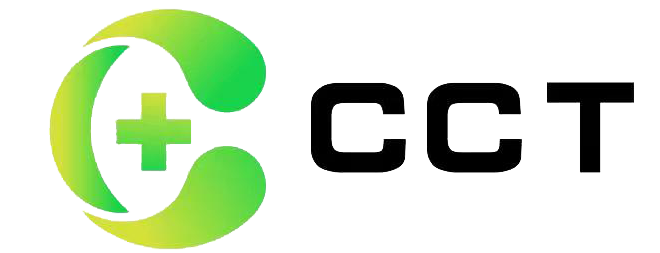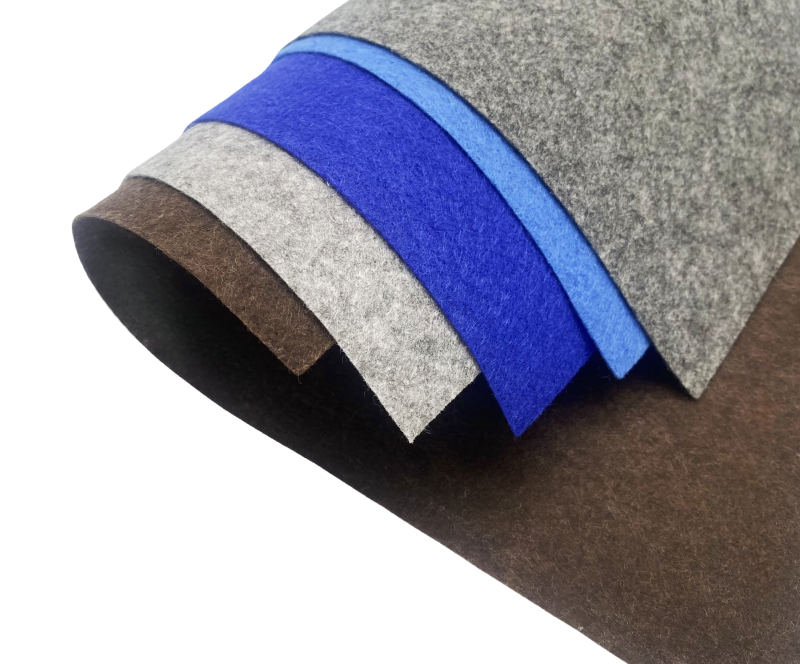How is Nonwoven Fabric Made: Breaking Traditional Textile Rules
Nonwoven fabric, accurately termed non-woven textile, eliminates spinning and weaving entirely. Instead, textile fibers (short staple or continuous filaments) are aligned randomly into a web structure, then bonded via mechanical, thermal, or chemical methods. This revolutionary approach delivers unmatched production speed and versatility.
Core Advantages vs Woven Fabrics
- ✅ 300% faster production cycles
- ✅ 50-70% lower material costs
- ✅ Adaptable to recycled polymers
- ✅ Customizable weight (10-200 gsm)
8 Industrial Methods: How is Nonwoven Fabric Made?
1. Hydroentanglement (Spunlace)
High-pressure water jets (200-1000 bar) blast fiber webs, forcing entanglement without chemicals. This creates ultra-soft, eco-friendly fabrics ideal for medical wipes. Leading spunlace fabric manufacturer leverage this for premium hygiene products.
2. Thermal Bonding
Webs embedded with low-melt polymers (e.g., PP/PE) fuse under heated rollers (130-180°C). Common in diaper liners.
3. Airlaid Pulp
Wood pulp fibers aerosolized and vacuum-formed into absorbent webs. Basis for “dry-laid” disposable wipes.
4. Wet-Laid
Fiber slurry dispersed in water, then drained through mesh (paper-making technique). Creates uniform sheets for tea bags.
5. Spunbond
Extruded polymer filaments (PET/PP) laid randomly, then thermally bonded. Used in geotextiles.
6. Meltblown
Superheated polymer extruded through micro-dies, stretched by hot air into microfibers (<5μm). Critical for N95 filters.
7. Needle Punching
Barbed needles punch 200-800 times/cm² through webs, mechanically locking fibers. Creates dense fabrics like carpet underlay.
8. Stitch Bonding
Warp-knitting needles reinforce webs with yarns. Produces reinforced composites for roofing.
⚠️ Pro Tip: Spunlace non woven requires 40% less energy than thermal bonding – a key sustainability factor for medical suppliers.
Material Science: Fibers Define Functionality
| Material | Key Properties | Primary Use |
|---|---|---|
| Polypropylene (PP) | Hydrophobic, chemical-resistant | Disposable medical gowns |
| Polyester (PET) | UV-resistant, high tensile | Geotextiles, roofing |
| Viscose Rayon | Biodegradable, absorbent | Wet wipes, hygiene pads |
| PLA | Compostable, plant-based | Eco-friendly packaging |
| Aramid | Flame-retardant, strong | Protective gear |
Expert Insight: Material-process synergy is critical. Replacing PP with PET in spunlace requires complete production recalibration – consult your spunlace fabric manufacturer before switching.
Dominant Applications by Sector
🏥 Medical & Hygiene (35% Market Share)
- Surgical drapes
- PPE face masks
- Spunlace non woven wipes
- Disposable bed liners
🏭 Industrial (28% Market Share)
- HEPA filter media
- Sound insulation panels
- Concrete curing sheets
🌱 Agricultural (15% Market Share)
- Frost protection covers
- Seed germination mats
- Weed control barriers
Why Spunlace Leads Medical Textiles
- Zero Chemical Additives – Safe for sensitive skin
- Lint-Free Structure – Prevents wound contamination
- High Wet Strength – Withstands sterilization
- Customizable Absorbency – From 500% to 800% liquid retention
China spunlace fabric manufacturer like CCT Nonwoven invest heavily in hydroentanglement R&D, established in 1993, covers an area of 28,000 square meters, 146 employees, 3 spunlace production lines, annual output of 5,000 tons of spunlace non woven fabrics, supplied to several well-known international companies and Chinese head enterprises with very competitive quality and price & offers a wide range of functional and environmentally friendly spunlace non woven material customization.




